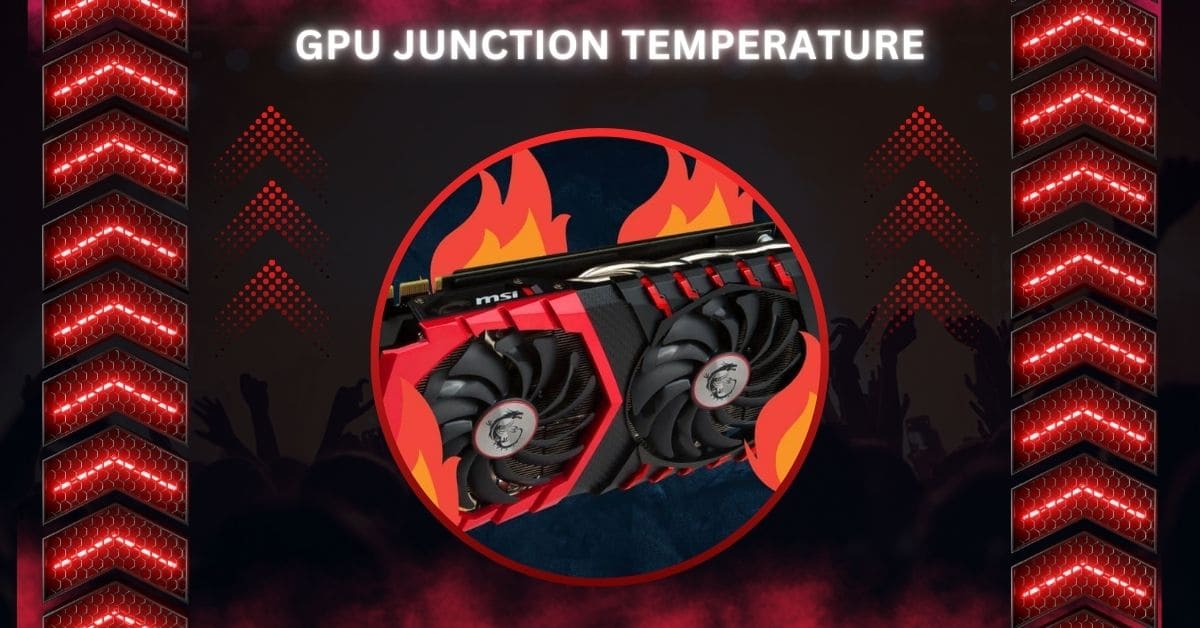Understanding GPU junction temperature is crucial for keeping your graphics card running smoothly.
GPU junction temperature describes the temperature at which the GPU die is hottest. Ideal temperatures should stay below 85°C, but under heavy loads, it can range between 98°C and 110°C. Keeping temperatures within these limits ensures optimal performance and prevents overheating.
In this article, we’ll explore what junction temperature means, why it matters, and how to control it for optimal GPU health.
What Is GPU Junction Temperature?
GPU junction temperature refers to the highest temperature recorded at any point on the GPU die (the core component of a GPU).
Unlike standard GPU temperatures, which often represent the average, the junction temperature focuses on the hottest part of the chip.
This provides a more precise measurement of potential thermal issues, helping users monitor the GPU’s thermal performance more accurately.
Modern GPUs use multiple thermal sensors across the chip to identify the hottest spot, which may not always be visible on traditional monitoring software.
Why Is GPU Junction Temperature Important?
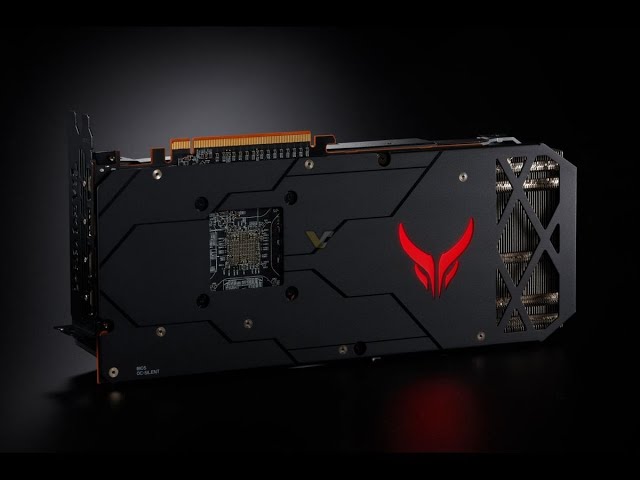
Maintaining an optimal GPU junction temperature is crucial for performance and longevity. A GPU operating at high temperatures for extended periods risks overheating, leading to throttling, performance degradation, or permanent damage.
Overheating is particularly concerning for those who use their GPUs for demanding tasks like gaming, rendering, or overclocking.
High junction temperatures can force the GPU to reduce clock speeds to prevent damage, resulting in noticeable performance drops. Therefore, understanding and controlling junction temperature helps maximize your GPU’s potential.
What Is a Safe GPU Junction Temperature?
A safe GPU junction temperature varies based on the specific GPU model and manufacturer. For most modern GPUs, junction temperatures below 85°C are generally considered safe during heavy loads.
However, some high-performance GPUs can handle junction temperatures up to 110°C without throttling or damaging the hardware.
For example, Nvidia GPUs often have a thermal limit of around 93°C, while AMD GPUs can tolerate junction temperatures up to 110°C. It’s essential to check the manufacturer’s guidelines to understand the safe limits for your GPU model.
Also Read: Is 80 Degrees Celsius Hot For A GPU? – All You Need To Know!
How to Monitor GPU Junction Temperature
Monitoring GPU junction temperature requires software to read multiple thermal sensors embedded in the GPU. Tools like HWiNFO, GPU-Z, and AMD’s WattMan provide detailed readings, including hotspot (junction) temperatures.
AMD GPUs typically display average and peak junction temperatures, while Nvidia GPUs may only show the average temperature unless specific software is used.
Monitoring junction temperature is critical if you are overclocking your GPU, as overclocking increases power consumption and heat output.
Causes of High GPU Junction Temperatures
Several factors contribute to high GPU junction temperatures:
- Overclocking: Pushing your GPU beyond its factory settings increases power consumption and heat generation, leading to higher temperatures.
- Poor Ventilation: Inadequate airflow within your PC case can cause heat to accumulate, raising the GPU’s temperature.
- High Ambient Temperature: If the room where your PC is located is too warm, it can prevent proper heat dissipation from your GPU.
- Dust and Dirt: Dust accumulation on fans and heatsinks can block airflow, leading to overheating.
Impact of High Junction Temperatures on Performance
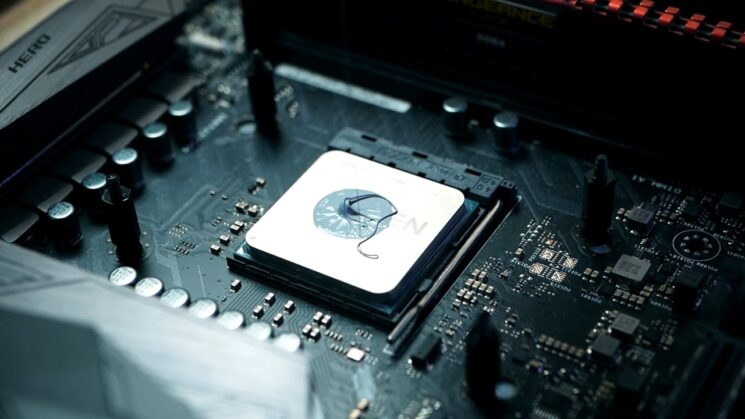
When a GPU’s junction temperature reaches the manufacturer’s thermal limit, it will trigger thermal throttling. This is a protective measure where the GPU reduces clock speeds to prevent overheating.
While throttling ensures that the GPU doesn’t sustain permanent damage, it also reduces performance. Users may notice stuttering or frame rate drops in games, longer rendering times, or sluggish system performance during demanding tasks.
Prolonged exposure to high temperatures can also reduce the GPU’s lifespan, as heat accelerates the wear on internal components.
How to Lower GPU Junction Temperature
There are several effective ways to reduce GPU junction temperature:
- Improve Case Ventilation: Ensure your PC case has proper airflow with intake and exhaust fans working efficiently. Removing dust and cables obstructing airflow can also help.
- Upgrade Cooling Solutions: Stock coolers may sometimes be sufficient, especially for overclocked GPUs. Upgrading to aftermarket air coolers or liquid cooling systems can significantly lower temperatures.
- Apply Thermal Paste: High-quality thermal paste ensures better heat transfer between the GPU die and the cooler, helping to reduce junction temperatures.
- Adjust Fan Curves: Many GPUs allow you to customize the fan speed. Increasing fan speeds can lower temperatures, though this may come at the cost of increased noise.
Overclocking and GPU Junction Temperature
Overclocking is a common practice to boost GPU performance but also leads to higher power consumption and heat generation. When overclocking, it’s crucial to monitor junction temperature closely.
You may need to invest in more advanced cooling solutions to ensure your GPU remains within safe thermal limits. Failing to control temperatures during overclocking can lead to instability, crashes, and reduced GPU lifespan.
Also Read: Is 50 Celsius Hot For A GPU? – The Ultimate Guide In 2024!
Ideal Junction Temperature for Different GPUs
The ideal junction temperature can vary depending on the GPU manufacturer. A typical maximum junction temperature for Nvidia cards is around 93°C, but it can differ between models.
AMD’s GPUs, especially in the RX series, often have a maximum junction temperature of 110°C. As long as your GPU’s junction temperature stays within these manufacturer-specified limits, it should operate safely even under heavy load.
GPU Junction Temperature Graph
A GPU junction temperature graph shows how the hottest parts of the GPU behave during different loads. It helps you see if your GPU is running too hot and when it might throttle performance. Tracking these trends helps maintain optimal cooling.
GPU Junction Temperature 7900 XTX
The AMD Radeon 7900 XTX can handle junction temperatures up to 110°C. While the card performs well under heavy workloads, maintaining good airflow and cooling is essential. Monitor temperatures to avoid thermal throttling or reducing the GPU’s lifespan.
How to Check Junction Temperature GPU
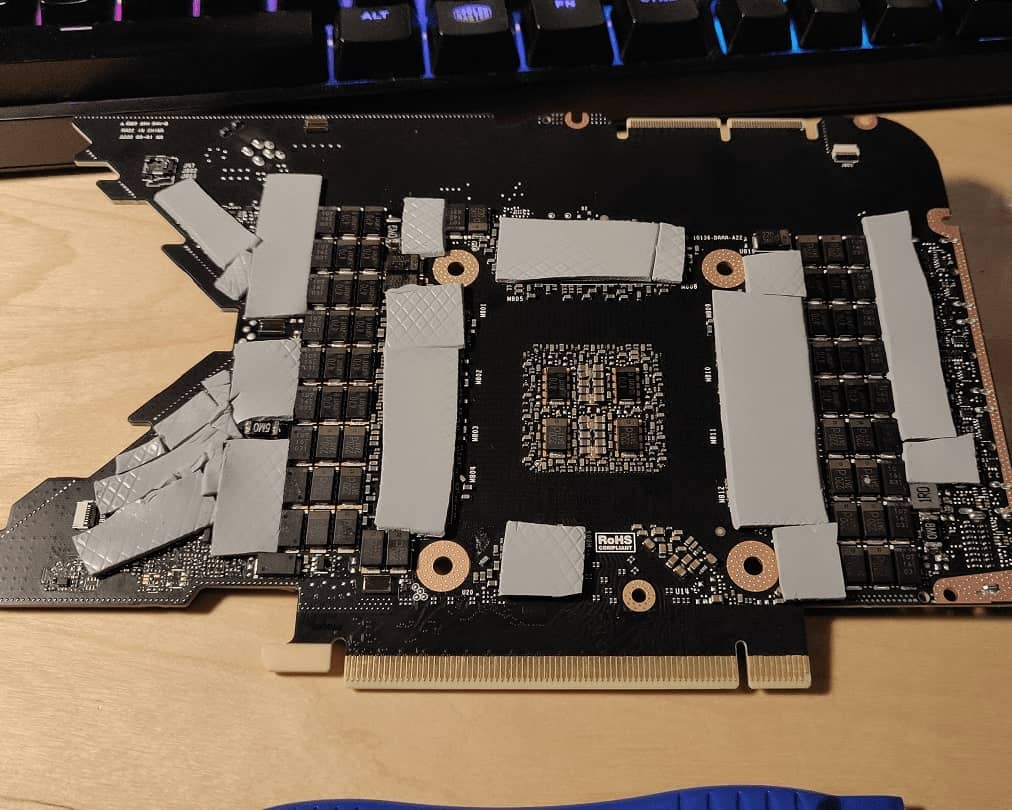
Use software like HWiNFO, GPU-Z, or AMD’s WattMan to check your GPU’s junction temperature. These tools display the peak temperature recorded by sensors inside the GPU, helping you track and manage heat more effectively during gaming or other heavy tasks.
Junction Temperature Formula
Junction temperature (Tj) is calculated using the formula:
Tj = Ta + (P * RθJA)
Where:
- Tj is the junction temperature,
- Ta is the ambient temperature,
- P is the power dissipation,
- RθJA is the thermal resistance from junction to ambient.
Must Read: Is 82 Degrees Hot For GPU? – The Latest Overview In 2024!
Junction Temperature CPU
Similar to GPUs, CPUs also have junction temperatures that indicate how hot the core is at its hottest point. Maintaining a safe CPU junction temperature prevents overheating and throttling. Generally, temperatures under 85°C are considered safe for most modern CPUs.
90°C Junction Temperature
A 90°C junction temperature is high but still within acceptable limits for many GPUs, especially during demanding tasks.
However, monitoring this closely is essential, as sustained high temperatures can lead to performance throttling and potential damage over time.
5700 XT Junction Temp
The AMD Radeon 5700 XT has a maximum junction temperature of 110°C. Under normal conditions, you should aim to keep the temperature below this threshold by improving cooling solutions and monitoring it during intensive tasks to prevent throttling or hardware damage.
RTX 3080 Memory Junction Temp
The RTX 3080’s memory junction temperature can reach 100°C under heavy load. While this is within Nvidia’s safety limits, keeping it below 95°C through improved cooling or better airflow is ideal to prevent overheating and performance throttling.
RX 6900 XT GPU Junction Temp Thermal Solution
The RX 6900 XT can reach junction temperatures up to 110°C, but AMD’s thermal solutions are designed to manage this effectively.
Enhancing airflow and using high-quality thermal paste can help reduce temperatures and keep the GPU performing at its best.
Read It: Does Plex Need A GPU – Exploring Performance Benefits: 2024!
6700 XT max Junction temp
The AMD 6700 XT’s maximum junction temperature is 110°C. While it can handle this heat, aiming for lower temperatures through cooling upgrades can extend the GPU’s lifespan and prevent performance drops from thermal throttling during intense tasks.
AMD GPU Users, how’s your GPU temps
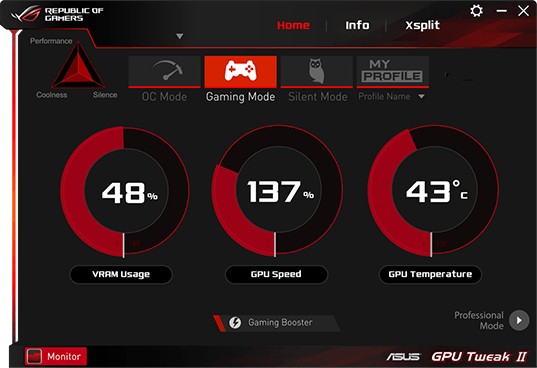
Like the RX series, AMD GPUs can hit junction temperatures up to 110°C. Many users report stable performance, but optimizing cooling, like adding fans or improving case ventilation, helps keep temperatures lower and ensures longer-lasting smoother GPU performance.
Its 90c junction temperature normal?
A 90°C junction temperature is high but typical for many GPUs under load. While it’s safe for short periods, consistently running at this temperature can reduce performance. Improving cooling or lowering settings can help bring temperatures down for longer-term use.
FAQs
1. What Is Too High Junction Temperature?
Junction temperatures over 110°C are generally considered too high. It can cause performance issues, throttling, or permanent GPU damage.
2. How Hot Is Too Hot for a GPU?
Temperatures above 85°C for most GPUs can lead to throttling or long-term damage, especially if sustained for extended periods.
3. Is 92°C Too Hot for GPU?
92°C is high but still acceptable for short periods. It’s essential to monitor closely and improve cooling if needed.
4. What Is the GPU Temp Limit for 3080?
The RTX 3080’s temperature limit is around 93°C. Exceeding this can trigger thermal throttling to protect the GPU from overheating.
5. What Is the Maximum Allowable Junction Temperature?
Most GPUs have a maximum junction temperature of 110°C. Exceeding this can cause overheating, performance issues, or hardware failure.
6. Is “GPU Memory Junction Temperature” Accurate on AMD Cards?
Yes, AMD cards like the RX series provide accurate memory junction temperatures through their built-in sensors, which is helpful for temperature management.
7. Difference Between GPU Temperature and Junction Temperature? And What to Follow?
The junction temperature shows the GPU’s hottest point, while the GPU temperature is average. The following junction temperature is more accurate.
8. Should I Worry About High Junction GPU Temp While Playing?
Yes, high junction temps during gaming can reduce performance and damage your GPU over time. Monitor it to ensure safe limits.
9. Am I Supposed to Look at “Current Temperature” or “Junction Temperature”?
It’s better to watch junction temperature since it reflects the hottest part of the GPU, providing a more accurate heat reading.
10. Is a 35°C Difference Between “Current” and “Junction” Temperatures Normal?
Yes, it’s normal. Junction temperatures are higher than average GPU temps because they measure the hottest points on the chip.
Conclusion
In conclusion, managing your GPU junction temperature is critical to maintaining performance and longevity. Keeping temperatures under control with good airflow, proper cooling, and regular monitoring ensures optimal operation. Staying within safe limits helps prevent overheating and avoids thermal throttling or hardware damage.
